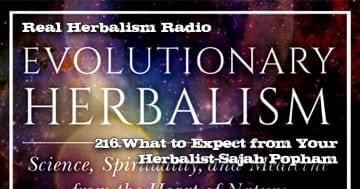Salvia officinalis – Lamiaceae family
In the 800s AD, Charlemagne issued a decree that every farm on crown lands must grow sage “…for the benefit of the nation.” No doubt this French emperor was thinking of the popular medieval saying, “Why should a man die when sage grows in his garden?” Sage has been regarded as an invaluable tool for traditional healers around the globe for centuries. This herb battles infection on all fronts. It is potent medicine against the three main sources of disease: bacteria, viruses and fungi.
Sage is a classic remedy for inflammations of the throat and mouth. The healing power of this herb has been used as a tooth polish and gargle since ancient times. The leaves contain essential oils that transfer easily into a tasty tea. People in Charlemagne’s time added a little honey or vinegar to the brew to make an effective mouth wash. Sage was at hand to mitigate the tooth infections that were so prevalent in the past.
The astringent properties of sage also reduces perspiration. This quality is beneficial in herbal body powders and antiperspirants. Speakers worried about breaking out in a nervous sweat during a presentation find relief by sipping a cup of sage tea.
Sage is also a boon to menopausal women struggling with hot flashes. This herb stabilizes symptoms caused by hormonal changes with a mild phytoestrogen. Sage is one of the plants that naturally manufactures hormone substitutes. Researchers are currently looking into how these chemicals stabilize menopause symptoms and reduce cancer risks.
The complexities offered within sage’s leaf structure are slowly being unlocked by scientists in the lab. The opportunities to use sage’s healing powers are unlimited. As Charlemagne knew, any healer with sage growing in his or her garden has an elixir of good health right outside the door.






